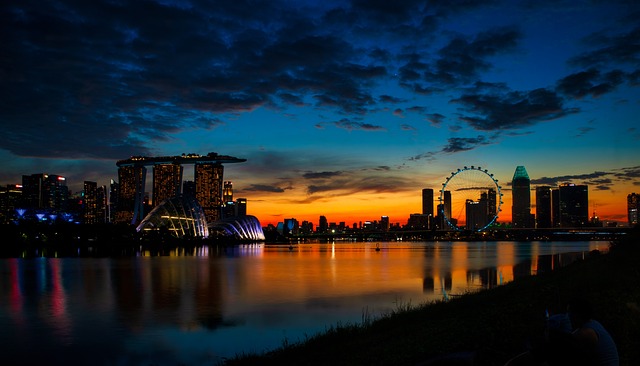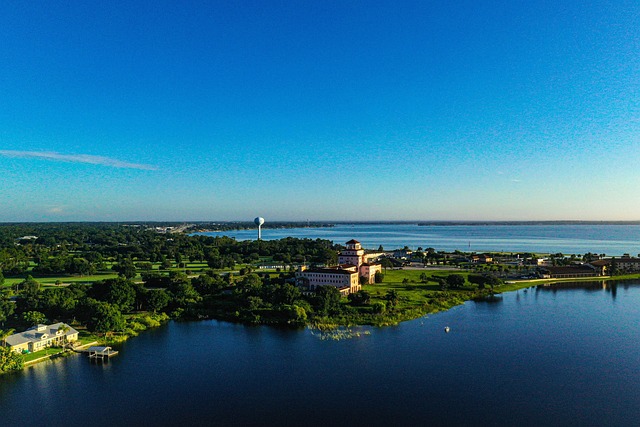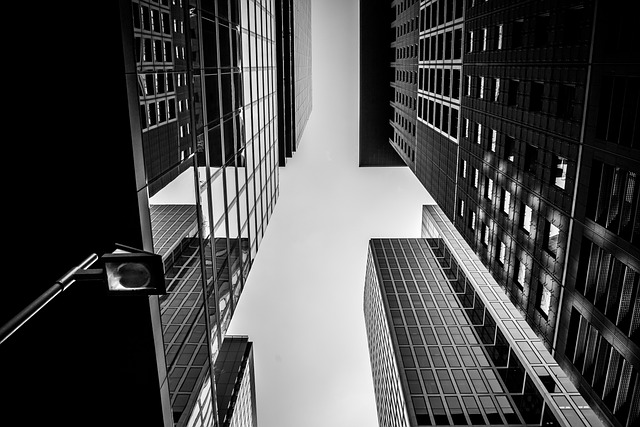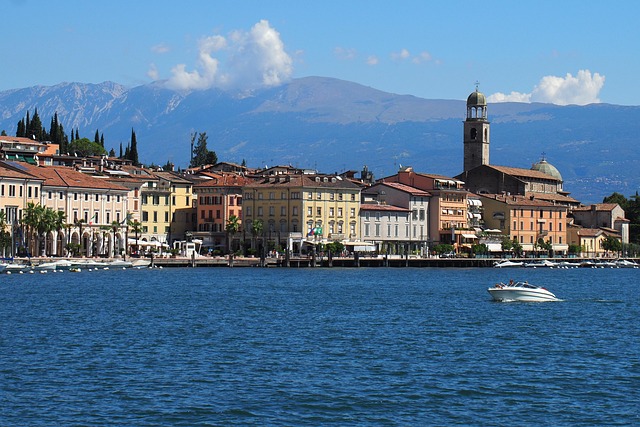Real estate development plays a pivotal role in shaping urban social dynamics by strategically creating vibrant party hotspots. Developers recognize that locations near attractions and entertainment hubs drive social energy, so they design properties that capitalize on this potential, integrating rooftops, shared amenities, and historic buildings to attract young professionals and creatives. This trend enhances quality of life, boosts local economies, and ensures areas remain captivating. By incorporating thoughtful architecture, communal spaces, and dynamic lighting, developers foster a sense of community engagement, offering adaptable layouts for intimate conversations and energetic group activities, thereby revolutionizing the nightlife experience.
“Uncover the secrets behind thriving social hubs and their impact on urban living. In this article, we explore how location, real estate trends, and thoughtful design intertwine to create vibrant party hotspots. Discover why certain areas become the pulse of nightlife, attracting a bustling crowd seeking unique experiences. From trendy neighborhoods to revitalized urban spaces, we delve into the strategies that make these locations not just popular, but integral to the community’s social fabric, all while examining the role of real estate in shaping our entertainment landscapes.”
The Role of Location in Creating a Vibrant Social Scene

A vibrant social scene thrives on location, as real estate plays a pivotal role in fostering bustling party hotspots. The right neighborhood or area can attract a diverse crowd and create an energetic atmosphere. Proximity to attractions, parks, or entertainment venues encourages people to gather, socialize, and indulge in after-hours activities. For instance, areas with lively streetscapes, trendy restaurants, and vibrant nightlife tend to draw in folks seeking exciting experiences.
Real estate developers recognize this dynamic, often strategically designing properties that capitalize on location’s potential. They understand that a well-chosen site can become the heart of a community, where residents and visitors alike gather to connect, celebrate, and create memories. This location-driven approach significantly contributes to the overall appeal and energy of a social scene, ensuring it remains dynamic and engaging over time.
Real Estate Trends Shaping Party Hotspots

The real estate trends play a pivotal role in shaping vibrant social scenes and party hotspots. Urban development has seen a surge in mixed-use properties, where residential buildings incorporate entertainment spaces, rooftops, and shared amenities designed to foster community engagement. This integration of living and socializing spaces has transformed cities into bustling hubs, attracting young professionals and creatives looking for dynamic environments.
Real estate investors and developers are increasingly focusing on creating unique, high-end experiences that cater to the social butterfly set. This includes converting historic buildings into trendy lofts, developing luxurious condos with exclusive party venues, and designing mixed-use complexes centered around vibrant nightlife. Such innovations not only elevate the quality of life but also drive economic growth by attracting tourists and locals alike, ensuring these areas remain lively and captivating.
Designing Spaces that Foster Community Engagement and Nightlife

In the realm of real estate, designing spaces that double as hubs for community engagement and nightlife is a game-changer. The vibrant social scene, characterized by bustling party hotspots, requires thoughtful architecture and interior design to create an atmosphere that encourages interaction and enjoyment. Real Estate professionals can foster a sense of belonging by integrating features such as communal seating areas, interactive installations, and dynamic lighting to transform spaces into lively gathering places.
These designed landscapes should consider the tapestry of social dynamics, ensuring diverse areas for both intimate conversations and energetic group activities. Incorporating flexible layouts, open-plan concepts, and multi-purpose rooms allows venues to adapt to various events, from quiet coffee gatherings to wild parties. Ultimately, these design choices enhance the overall nightlife experience, making spaces that are not only visually appealing but also emotionally engaging.






